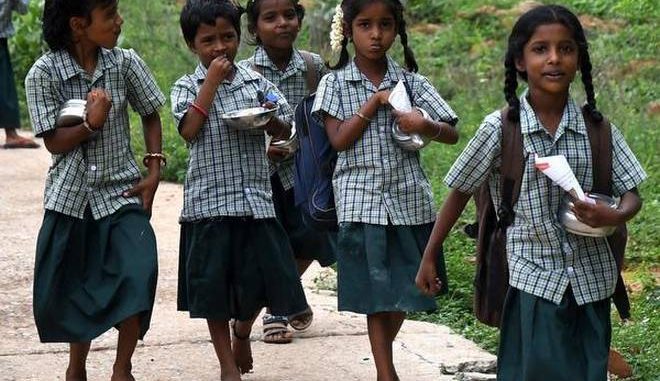
In News
To measure the well-being of children in the country, non-profit organisation World Vision India and Institute of Finance Management and Research (IFMR) LEAD have released a report called the India Child Well-Being Report.
In-Detail
- The report has a Child Well-being Index that measures and tracks the well-being of children across all the states in the country.
- As per the Index, Kerala, Tamil Nadu, Himachal Pradesh among States and Pondicherry among the Union Territories (UTs) have topped the index.
- Kerala leads the index with happiest children while children in Madhya Pradesh are least happy.
24 Indicators
- The index measures the level of well-being based on 24 indicators and three important dimensions.
- The three dimensions are – Positive relationships, healthy individual development, protective contexts. This in effect goes beyond income poverty to measure child well-being.
- The indicators include health, education, nutrition, family income, human rights, mobile usage, digital access, mental health, quality of relationships between parents/peer and children, financial literacy etc.
- Health Indicators – Infant Mortality, Under Five Mortality, adolescent pregnancy (aged 15-19), mental health, and sex-ratio.
- Education Indicators – pupil-teacher ratio, passing of tenth grade, basic reading and math skills, drop-out rates in secondary school.
- Crime Indicators – suicide rates, juvenile crimes, child labour.
- Economic Indicators – households with income less than Rs 5,000, houselessness
- Labour Indicators – manual scavenging
The Ranks
- All the indicators are brought to a common scale of measurement for ranking the States.
- Kerala got the top score of 0.76 while Madhya Pradesh got the least score of 0.44.
- Among UTs, Delhi got a score of 0.53 followed by Dadra Nagar Haveli with a score of 0.52.
- Kerala surpassed many other states of the country by ensuring access to good health, nutrition, clean drinking water, good education and has addressed poverty.
- In contrast, Madhya Pradesh fared poorly in child survival, crimes against children, nutrition, and juvenile crimes.
- The report also showed that in Jharkhand the problem areas are child stunting, access to water and sanitation, access to institutional delivery etc. By improving these, the state can improve its ranking.
- Many of the North-eastern states have fared in the top quintile of the rankings. Nagaland, for example, is in the top quintile. The state has low children in crimes, more births registered and has low child suicide rates.
Use of The Report
- States, by looking at their ranks in the index, can identify the gaps and prepare a plan of action for intervention to promote child well-being.
- The report hopes to bring policy level changes, proper budgetary allocation, initiate discussions with all the stakeholders to promote better well-being of children in the country.
Conclusion
Child well-being in India is an under-researched topic and the IFMR LEAD and World Vision India’s report is timely and will inspire conversations over the issue both academically and at the policy level.

Leave a Reply
You must be logged in to post a comment.